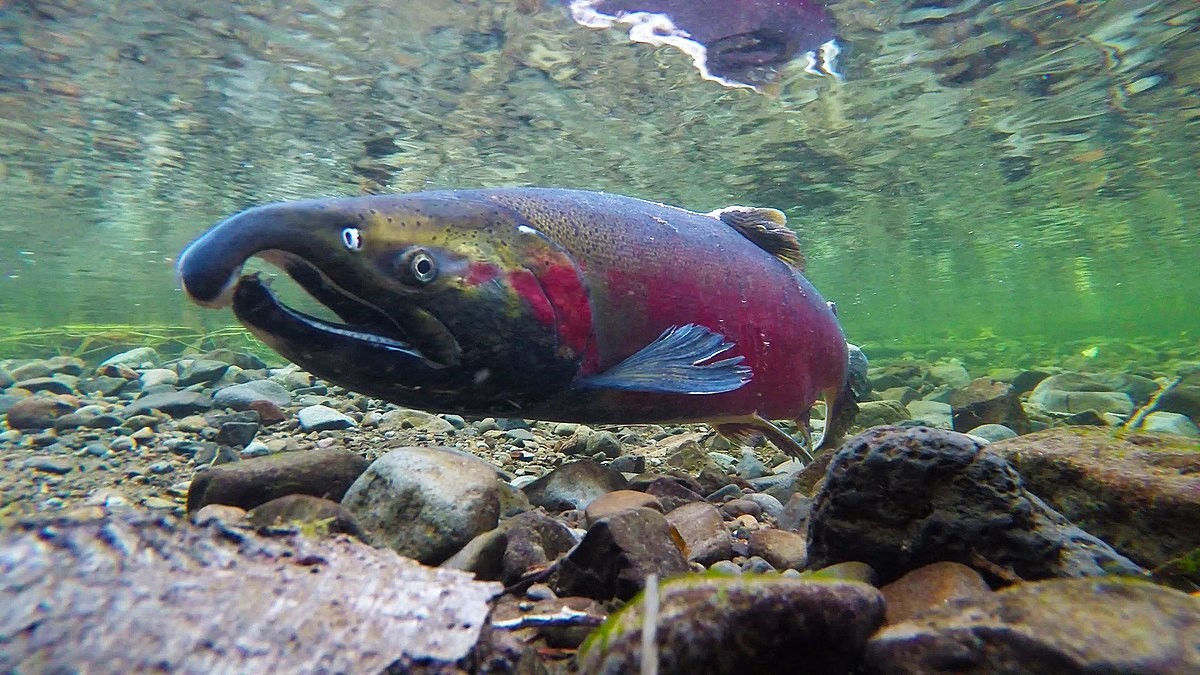
The lifespan of a coho salmon is about 3-4 years. Coincidentally, the State Water Board estimates it will take about the life cycle of a coho salmon to adopt regulations necessary to provide the bare-minimum survival-level protection for two of the most important freshwater salmon habitats in California: the Scott and Shasta River watersheds. These watersheds provide essential habitat for salmon, with the Shasta alone providing up to 30% of the salmon population in the Klamath River over the last decade.
Over the last few years, the State Water Board has adopted, re-adopted, and re-adopted again emergency regulations that put in place what they have called “baseline flows” – or flows necessary to keep fish in the river alive. While these survival-level flows are better than nothing, they will never allow for the salmon to recover. Even more, having to re-adopt emergency regulations every year is resource intensive, and the Board can only act when there is a proclaimed Drought Emergency.
Last week, due to advocacy from CCKA, Tribal Groups, and other environmental organizations, the State Water Board resolved to begin the process of considering to do something more. While this is not the unequivocal commitment to action CCKA would like to see, in government speak, it is an important start.
The Board’s resolution does two important things. First, it directs its staff to begin preparing the documents they will need to make those survival baseline flows permanent. Instead of having to rely on emergency regulations every year, this action will ensure that at a minimum, private interests cannot drain these watersheds even in the driest of years. Second, it directs staff to continue the process of planning for the long term. But that direction is frustratingly vague, and fails to give any indication of what the overall goals are for the State Water Board.
While permanent survival flows are better than nothing, California’s goal needs to be salmon recovery, not merely survival. Passing regulations that enshrine survival flows will only slow the inevitable extirpation of these salmon populations. California needs to do better. Over the long-term, the state must aim to recover salmon so there is a harvestable surplus and any threatened or endangered species are delisted.
The adoption of this Resolution marks an important step forward in keeping California’s waterways fishable, but without a commitment to something more, is still only a baby step.
Stay informed of our legislative work and our work to protect California’s waters by subscribing to California Coastkeeper Alliance’s monthly newsletter, becoming a lifetime member, or following us on social media: @CA_Waterkeepers.
Staff Attorney Cody Phillips advocates for statewide policies that protect water quality and access to clean water throughout California.



